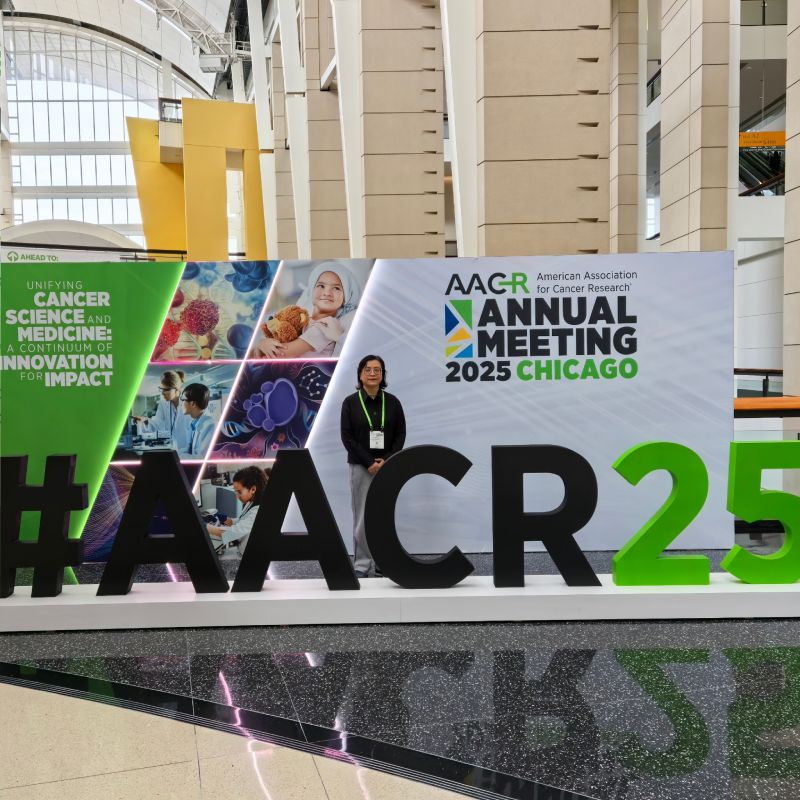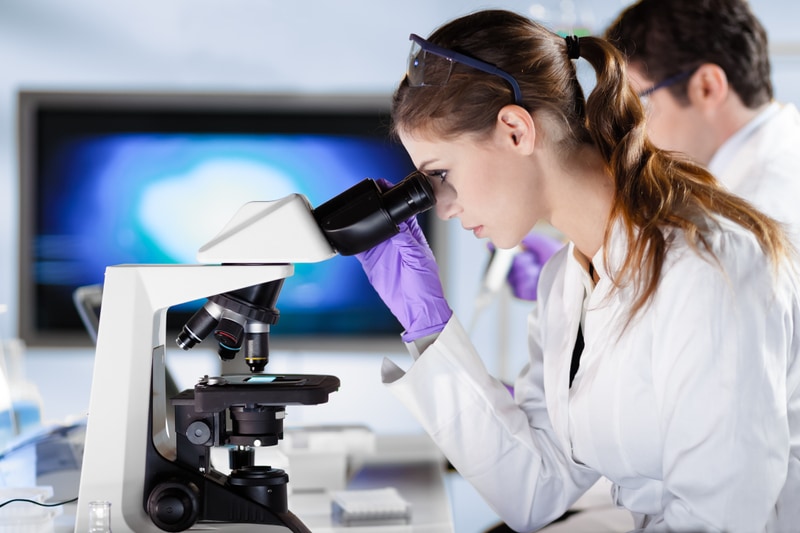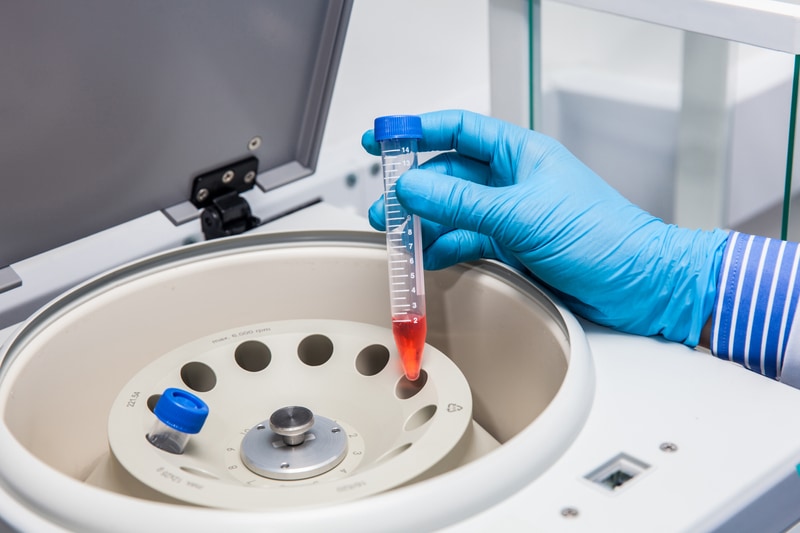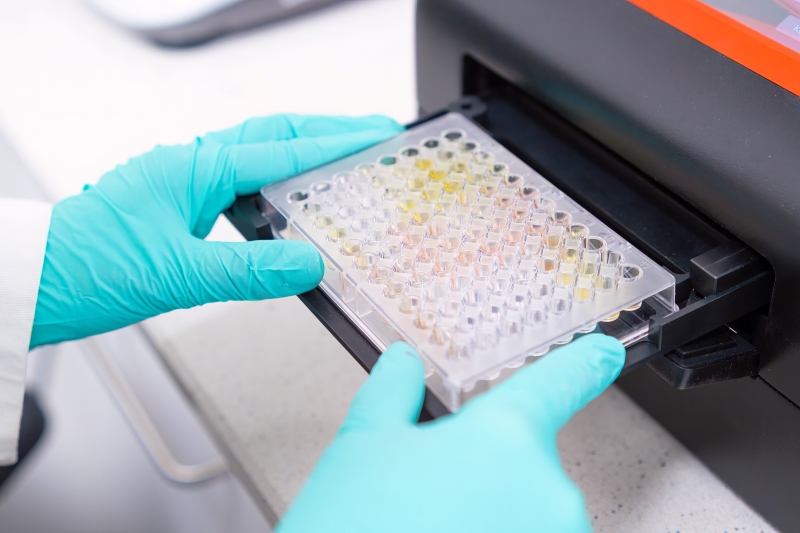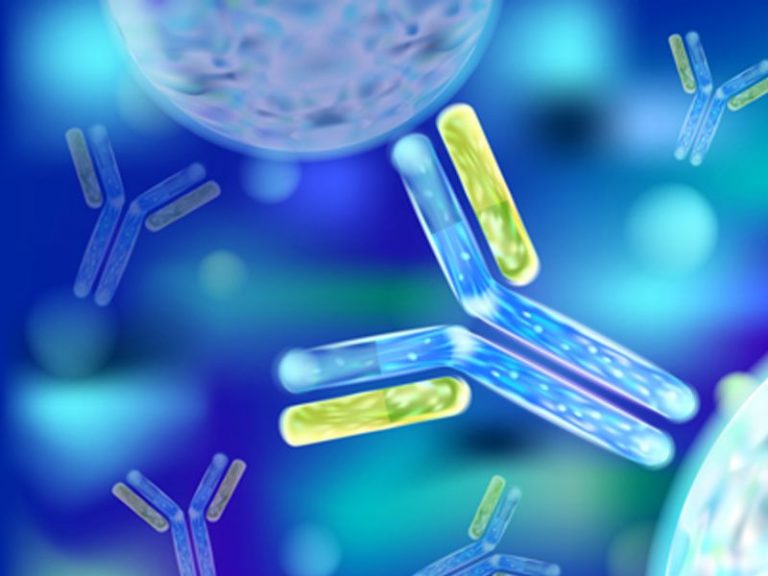Multi Sciences Biotech Shines at AACR 2025: Showcasing China’s Biotech Innovation on the Global Stage
From April 25-30, 2025, Lianke Bio made a remarkable appearance at the American Association for Cancer Research (AACR) Annual Meeting in Chicago—the world’s premier oncology event. Led by General Manager Grace Song, the team bridged Sino-US trade barriers to present cutting-edge ELISA kits, flow antibodies, and detection kits, captivating global researchers with their high-quality, cost-effective solutions.

